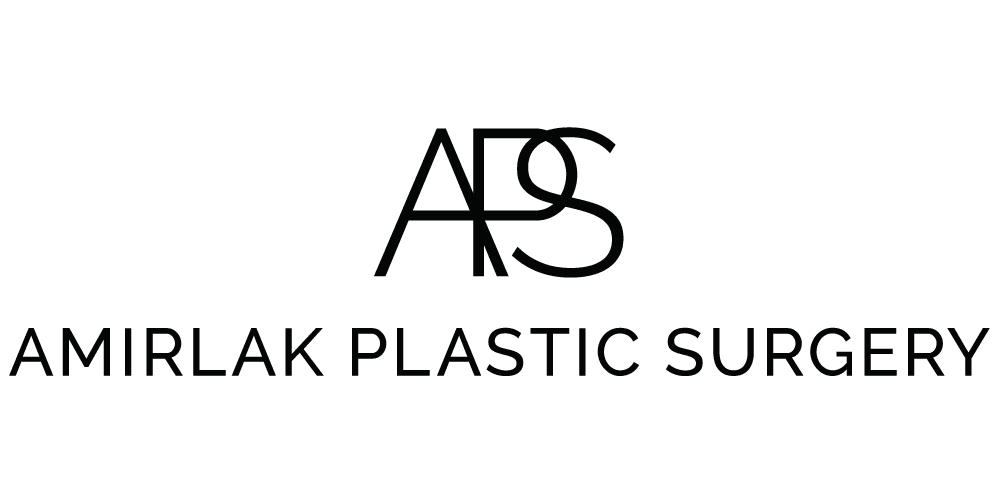Reticular Veins
- Posted on: May 11 2017
Reticular veins are damaged veins that are larger than spider veins but smaller than varicose veins. While they may appear blue or greenish and somewhat enlarged beneath the surface of the skin, they are not ropy and bulging like varicose veins. Reticular veins can appear occasionally on the face, but are most frequently found on the outer thighs or on the backs of the thighs and knees. Usually only of cosmetic concern, reticular veins may also cause patients to experience tenderness, pain, burning or itching in the affected area.
Defective valves in reticular veins may allow blood to flow backwards, a condition known as venous reflux. While reticular veins may exist independently, since they may precipitate the development of spider veins. they are sometimes referred to as feeder veins. Removing reticular veins will help to eliminate spider veins.
Reticular veins frequently develop as a result of genetic factors and may be exacerbated by obesity and long periods of inactivity, particularly standing. They are most often treated by sclerotherapy or microphlebectomy. During a sclerotherapy procedure, the affected veins are injected with a sclerosant, a chemical solution to cause the vein to seal off. During a microphlebectomy, offending veins are removed surgically through tiny incisions in the skin. In both cases, the veins are usually removed for cosmetic purposes. Circulation is not adversely affected by either procedure since blood flow will be naturally directed into other, healthier blood vessels. Treatments of reticular veins have a high rate of patient satisfaction.


